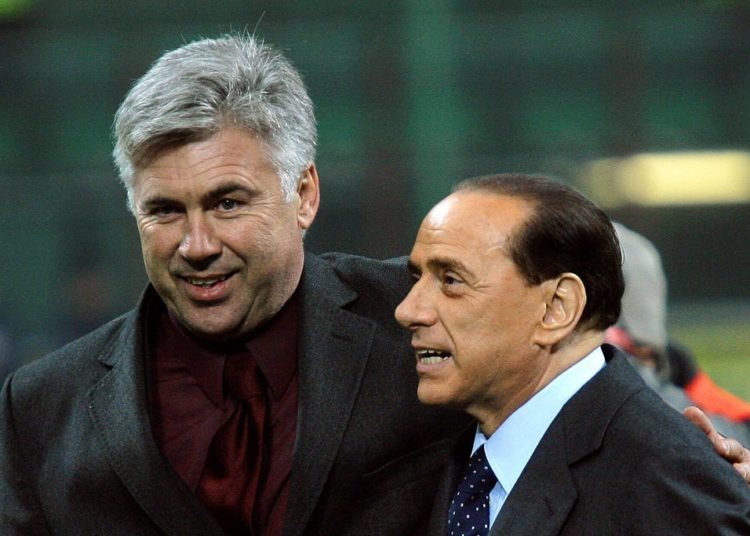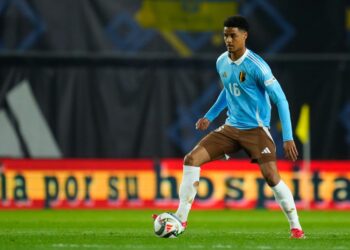AC Milan, throughout years, always had significant impact on the global football scene thanks to great and historic teams. The club had unmatched strength, and here, we'll talk about two eras in particular.
By the way, Milan football club fans can get bonuses for sports betting at the Wbetz casino website. This is a licensed gambling club that gives its customers the opportunity to win big money even with a minimal budget.
Ancelotti's Milan - 2001-2009
When Carlo Ancelotti became the coach of AC Milan in November 2001, his reputation in Italy left much to be desired: three second places in Serie A and some failures in European competitions spoke of him as a failed coach. Nevertheless, at the Rossoneri, he was able to restore his name.
The team he built didn't revolutionise football or collect titles on a conveyor belt, but it did a great job of doing the basics without getting distracted by the minutiae.
Ancelotti, who at the beginning of his career was an innovator and opponent of traditional schemes, during his journey in Milan came to completely negate everything he learned from Arrigo Sacchi as his assistant in the national team. He created a friendly team where everyone worked not only for results but also for their teammates. This definition captures the essence of that Milan better than the experiments with Andrea Pirlo's transfer to midfield or the Christmas tree scheme—Ancelotti's most important decisions. So for many fans, this is the team that has become a favorite in the club's recent history.
An important moments in Ancelotti's managerial career with Milan? Andriy Shevchenko's decisive penalty in Manchester, the disallowed goal in the semi-final against Barcelona, Dida's mistakes and brilliant saves, the tragedies at the Riasor (vs Deportiva La Coruna) and in Istanbul vs Liverpool, and the revenge in Athens. Super Pippo's goal in the same place, the inscription ‘I belong to Jesus’ on Kaka's shirt, and the seventh Champions Cup in the hands of Paolo Maldini.

Ancelotti's Milan did not always play pragmatically, lacked stamina at times, and the attitude against outsiders sometimes left much to be desired. Nevertheless, he won the hearts of fans by emphasizing people with all their strengths and weaknesses rather than tactics.
That is why in recent years Ancelotti preferred to keep a good relationship with the players and the people around him. And who will judge him after conquering the European stage?
Milan 1967-1974 - the heyday of the Rocco era
After Nereo Rocco's departure from AC Milan, he tried for four years to rebuild Torino, but without success. 'El Paròn' eventually returned to AC Milan and, in his first season, won the Scudetto and Winners‘ Cup and then the Champions’ Cup. There were new leaders in the team: Altafini left for Napoli, and Maldini finished his career.
But from ‘Savona’ returned Pierino Prati, who became the top scorer of the Italian championship. Gianni Rivera continued to shine, now as captain of the Rossoneri. Goalkeeper Fabio Cudicini, midfielder Giovanni Lodetti, and German defender Karl-Heinz Schnellinger also played important roles.

In the 1969 Champions Cup final, the Italians defeated Ajax 4-1 thanks to Prati's hat-trick. Even their rivals recognised Milan's superiority, with Johan Cruyff calling the team unbeatable. Elenio Herrera expressed his admiration through the press, noting that the cousins had given everyone a lesson in modern football. That day was a triumphant day for Nereo Rocco and the crowning moment of his career. Paròn was an outstanding personality, always equally polite to celebrities and ordinary fans alike.
He was the architect of retro Milan and one of the fathers of the ‘catenaccio’ despite playing with three forwards. He has been called the coach of the century, a teacher of football and life, whose pupils wrote the history of Italian football.
















